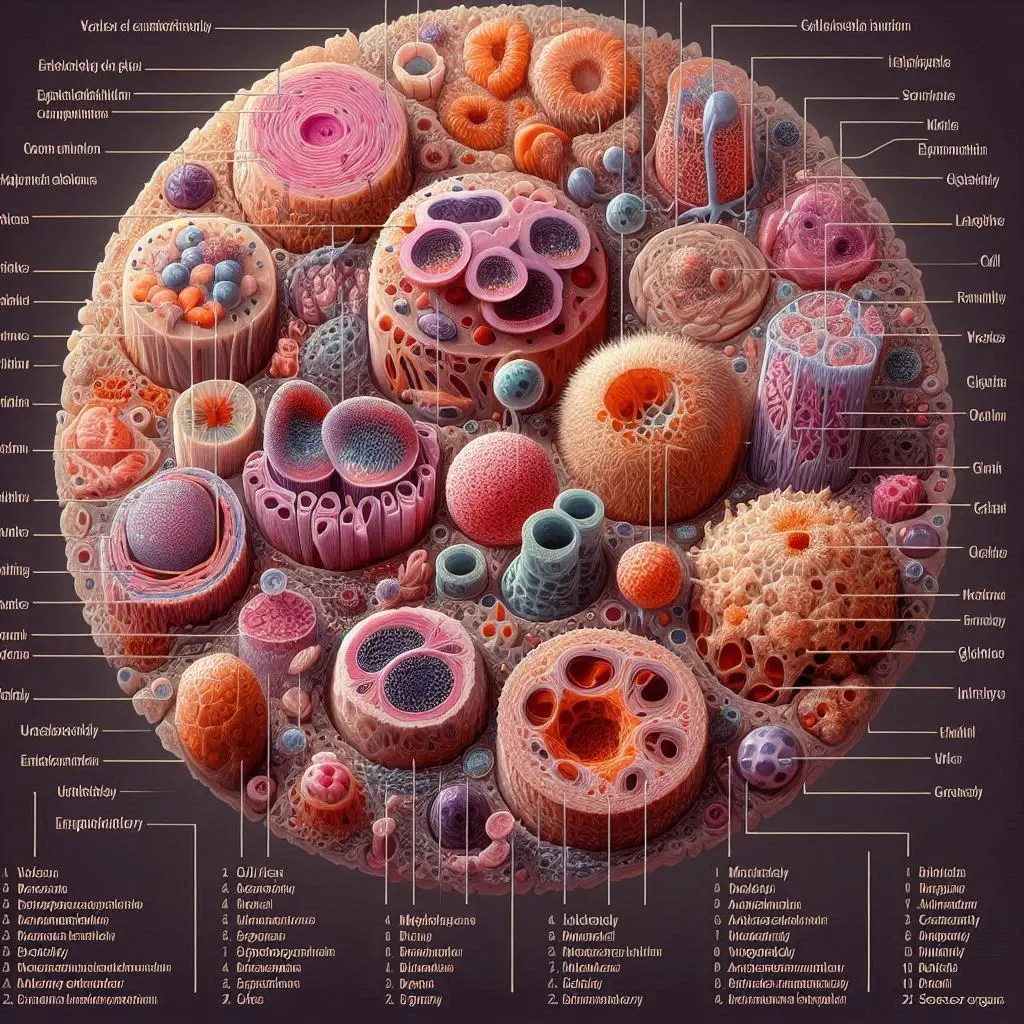Conjoined Twins

What Are Conjoined Twins?
Conjoined twins arise from a single fertilized ovum. They are monozygotic, meaning they come from one egg that failed to separate completely during early development. This unique situation leads to various physical connections between the twins.
How Do Conjoined Twins Develop?
The development of conjoined twins occurs when an embryo partially separates within 13 to 15 days after fertilization. If the separation happens later than this timeframe, the embryos may remain connected. Some researchers also suggest that two separate embryos might fuse together early in development.
For more information on embryonic development, you can check out Healthline’s article on embryo formation.
Types of Conjoined Twins
Conjoined twins can be categorized based on how they are joined. Understanding these types helps in managing their health and planning for potential surgical interventions.
1. Thoracopagus
Thoracopagus twins are joined at the chest. This is the most common type of conjoined twin arrangement. They often share vital organs such as the heart.
2. Omphalopagus
Omphalopagus twins are connected at the abdomen. They may share liver tissue and other abdominal organs.
3. Ischiopagus
Ischiopagus twins are joined at the pelvis. This type can involve shared lower limbs and reproductive organs.
4. Craniopagus
Craniopagus twins are connected at the head. This type poses significant surgical challenges due to shared brain tissue.
5. Dicephalus
Dicephalus twins have two heads but share a single body. This rare form presents unique challenges for survival and care.
For a more detailed classification of conjoined twins, visit Mayo Clinic’s overview.
Prevalence of Conjoined Twins
The occurrence of conjoined twins is quite rare, estimated at 1 in 50,000 to 1 in 200,000 births. Certain regions, particularly in Southeast Asia and Africa, report higher rates.
Survival Rates
Sadly, many conjoined twins do not survive to birth; approximately half are stillborn. Among those who are born alive, about one-third may die shortly after birth. However, advancements in medical technology have improved survival rates for some conjoined twins.
For insights into survival statistics and research on conjoined twins, refer to The American Journal of Medical Genetics.
Health Challenges Faced by Conjoined Twins
Conjoined twins face numerous health challenges both before and after birth. These challenges often require specialized medical care throughout their lives.
1. Shared Organs and Systems
One major challenge is the sharing of organs and systems. For instance, thoracopagus twins may share a heart or lungs, complicating surgical options and overall health management.
2. Surgical Considerations
Surgical separation can be an option for some conjoined twins but it carries significant risks. The complexity of shared anatomical structures determines whether separation is feasible or safe.
Case Studies of Successful Separations
Several case studies highlight successful separations of conjoined twins:
- In 2003, surgeons successfully separated craniopagus twins in a highly publicized operation.
- More recently, in 2019, doctors separated omphalopagus twins who shared a liver.
For detailed accounts of these surgeries, check out CNN’s coverage.
3. Psychological Impact
The psychological impact on conjoined twins can be profound as well. They may struggle with identity issues and social interactions due to their unique condition.
For more information on psychological support for conjoined twins, visit Psychology Today.
Medical Interventions and Advances
Medical advancements have significantly improved outcomes for conjoined twins over recent years.
1. Prenatal Care
Early detection through ultrasound allows for better planning and preparation for delivery. Healthcare providers can assess potential complications and prepare necessary interventions.
2. Surgical Separation
Surgical separation is a complex procedure that requires a multidisciplinary approach involving surgeons, anesthesiologists, and other specialists. The decision to separate depends on various factors including shared organs and overall health.
Ongoing Care Post-Separation
After separation surgery, ongoing care is crucial for recovery and rehabilitation. This includes physical therapy and psychological support to help both individuals adjust to their new lives.
Living as Conjoined Twins
Life as a conjoined twin presents unique experiences and challenges that vary widely depending on their connection type.
1. Daily Life Adjustments
Conjoined twins often develop strong bonds with each other as they navigate daily life together. They may share activities such as eating or playing while also learning to manage personal space.
2. Education and Social Interaction
Education can be challenging but many conjoined twins attend school together with support from teachers and peers. Social interactions may also require additional understanding from friends and family.
For insights into educational experiences for conjoined twins, see The Atlantic’s article.
Conclusion: The Future for Conjoined Twins
Conjoined twins represent a unique aspect of human diversity that continues to intrigue scientists and medical professionals alike. With advancements in prenatal care and surgical techniques, there is hope for improved outcomes for these remarkable individuals.
As society becomes more aware of their experiences, it is essential to foster understanding and support for conjoined twins as they navigate life together or separately after surgery.
More from Veterinary Anatomy:




I truly appreciate this post. I’ve been looking all over for this! Thank goodness I found it on Bing. You’ve made my day! Thanks again
I have witnessed that expenses for on-line degree pros tend to be a fantastic value. For instance a full 4-year college Degree in Communication in the University of Phoenix Online consists of 60 credits at $515/credit or $30,900. Also American Intercontinental University Online comes with a Bachelors of Business Administration with a complete course element of 180 units and a cost of $30,560. Online learning has made getting the degree far more easy because you can certainly earn your degree from the comfort of your dwelling place and when you finish from office. Thanks for all tips I have certainly learned through your blog.